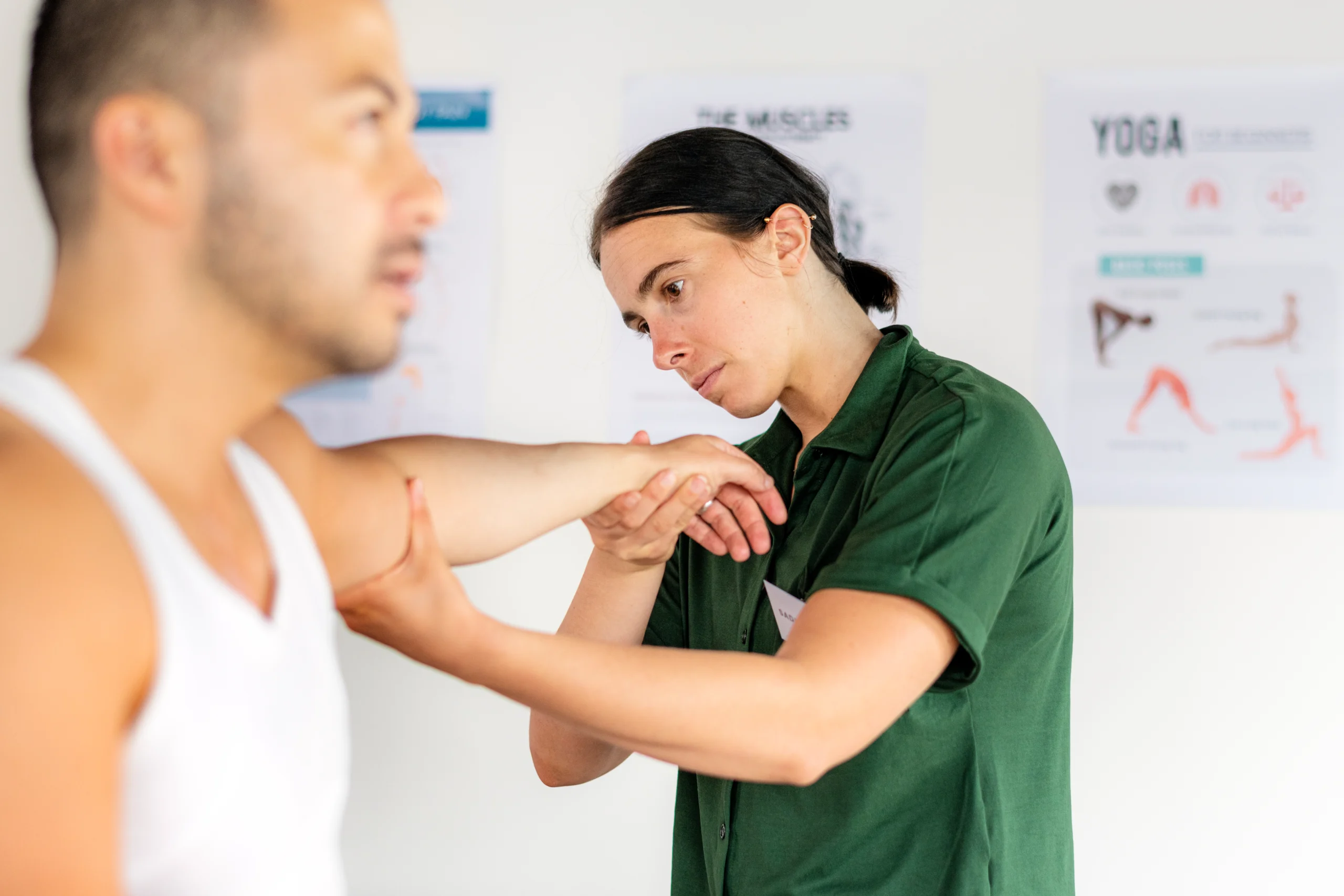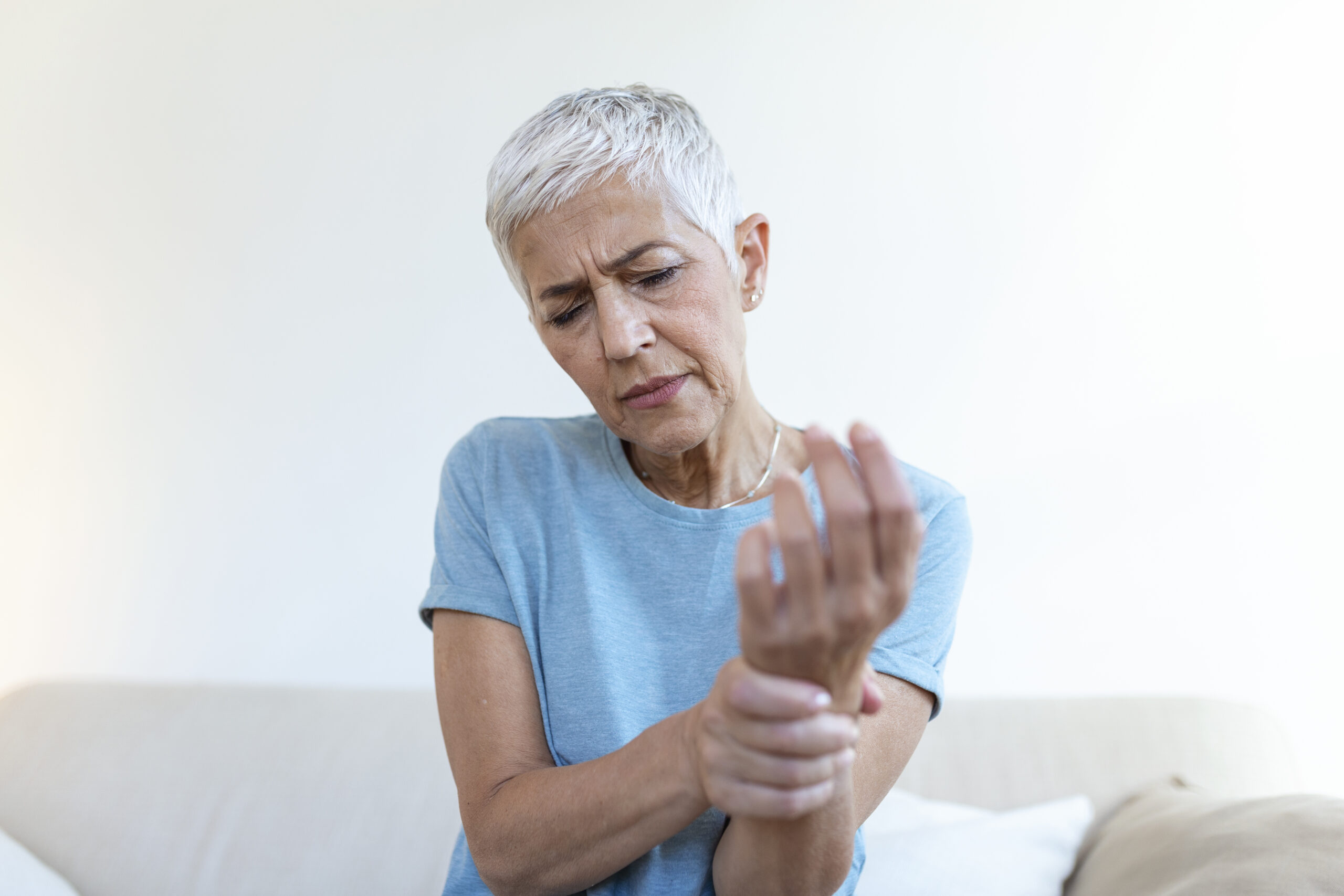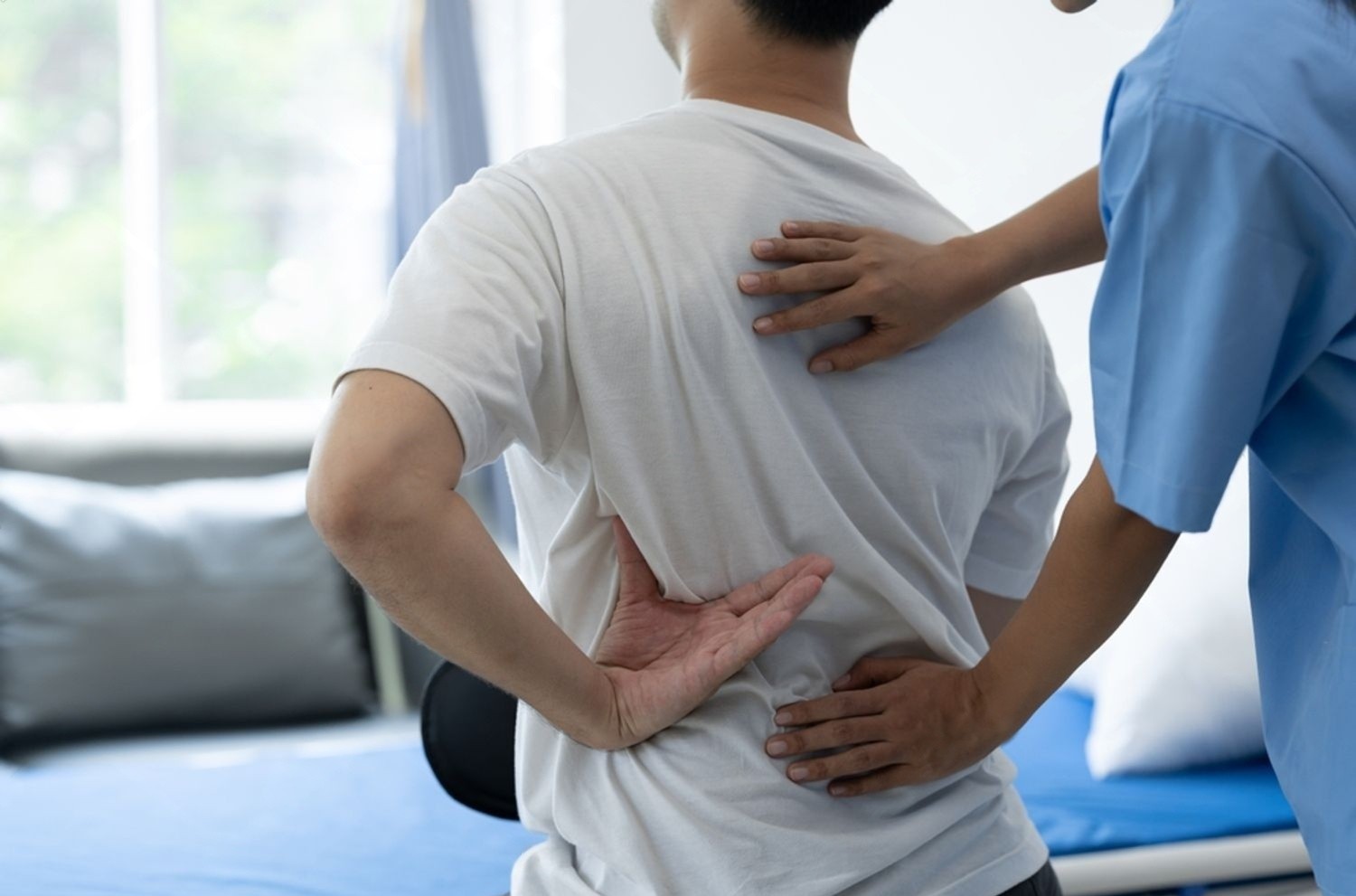Most Popular Manual Therapy Techniques in Brampton

Manual therapy is a form of treatment that is highly common among physiotherapy clinics in Brampton. It involves the direct hands-on manipulation of joints, muscles, nerves and soft tissues. The physiotherapist applies optimum force using their hands to the affected areas. This application of forces restores mobility and reduces pain.
What are the Different Manual Therapy Techniques?
A physical therapist or physiotherapist is eligible to perform manual therapy. They may use a single or a mixture of techniques to deliver you the outcome you want. They assess your injuries, lifestyle, medical history and health goals to decide which techniques would be effective for you.
So, let’s check out the popular manual therapy techniques here.
Joint Mobilization
The therapist applies a force to the restricted joint in a specific direction. This improves mobility, range of motion and mechanics in that joint. In some cases, you may also hear a ‘pop’ sound as the therapist stretches the joint. It is normal and poses no threat to your health. It’s an effective technique to treat muscle stiffness and joint pain.
Read more: Joint mobilization
Soft Tissue Therapy
As the name suggests, this involves applying manual pressure to the skin, fascia, ligaments, muscles and tendons. This technique considers the role of all surrounding structures around the affected joint. It applies pressure on the structures to fix muscle tension and joint dysfunction.
How is it done?
As the therapist applies pressure, it breaks up fibrous or inelastic muscle tissue, relaxes muscle tension and circulates tissue fluids. Back injuries are usually treated with this technique.
The therapist applies pressure to the muscular structures around the spine. They do so in a rhythmic manner to release the tension and bring you relief.
What’s the purpose?
The purpose of soft tissue therapy is to restore the normal texture of your tissues and reduce pain. It also reduces muscle tension and brings back joint motion.
Active Release Therapy
The body starts healing itself after an injury or surgery. However, during the process, adhesions are formed in those areas. Adhesions comprise thick, fibrous bands of scar tissue. The tissue sticks to two unconnected body surfaces. The serious adhesions cause pain and movement restrictions. In active-release therapy, the patient has to move the affected body part to an extended position, which improves the range of motion and flexibility.
How is it done?
The therapist puts the affected tissue in a specific position wherein the muscle shortens. Then they apply an optimum pressure with their hands on the affected area. They may ask you to lengthen the muscle and hold the tension in place on their own.
You can consider this a massage which also involves stretching and movements. The physiotherapist uses broad strokes to increase the tolerance capacity of your nervous system, which is crucial to stretch muscles.
What’s the purpose?
Active-release therapy reduces your pain and helps you move better. It relieves a wide slew of conditions such as carpal tunnel syndrome, back pain, headaches, plantar fasciitis, shoulder pain, etc.
Passive Assisted Stretching
This technique relieves pressure from your joints. Physiotherapists and registered massage therapists are qualified to perform it. Passive stretching improves the range of motion and elasticity of your joints. Your body feels better after sessions. It also reduces your chances of injury.
How is it done?
Passive stretching is when you stay in one position for a fixed period of time. Once the duration is over, the therapist puts external pressure on your body while you relax. They may use a floor or a wall during the therapy. Examples include supine single-leg stretch, standing quadriceps stretch, hamstring stretch, etc.
What’s the purpose?
Passive stretching improves mobility, range of motion and flexibility. You can improve your athletic performance and prevent the risk of further injuries. It benefits anyone suffering from muscle pain, rigid range of motion and muscle stiffness.
Final Thoughts
All in all, manual therapy techniques can reduce pain, improve your range of motion and prevent injuries. However, you should consult with a physiotherapist or massage therapist first to know if manual therapy is the right treatment for you. Manual therapy is often combined with other treatments such as exercise prescriptions. You should expect relief from pain and prevention from injuries after completing the treatment.
Blog Categories
- Acupuncture Treatment (10)
- Ankle Sprain (1)
- Arthritis Treatment (1)
- Back Pain (23)
- Chiropractic Care (38)
- Tennis Elbow (1)
- Chronic Pain (5)
- COVID-19 (1)
- Custom Orthotics (6)
- Dizziness (4)
- Exercises (12)
- Foot Orthotics (6)
- Hamstring Stretches (2)
- Info Articles (3)
- Kids Injury (1)
- Laser Therapy (4)
- Massage Therapy (21)
- Neck Pain (16)
- Orthopedic (1)
- Osteoarthritis (5)
- Osteopathy (3)
- Pain Management (17)
- Physiotherapy Benefits (44)
- Physiotherapy Clinic (6)
- Physiotherapy Exercises (12)
- Physiotherapy Tips (25)
- Physiotherapy Treatment (100)
- Rotator Cuff (2)
- Shin Splints (1)
- Shoulder (2)
- Spine (4)
- Sports Physiotherapy (1)
- Uncategorized (1)
- Vestibular Physiotherapy (2)
- Work From Home (2)


